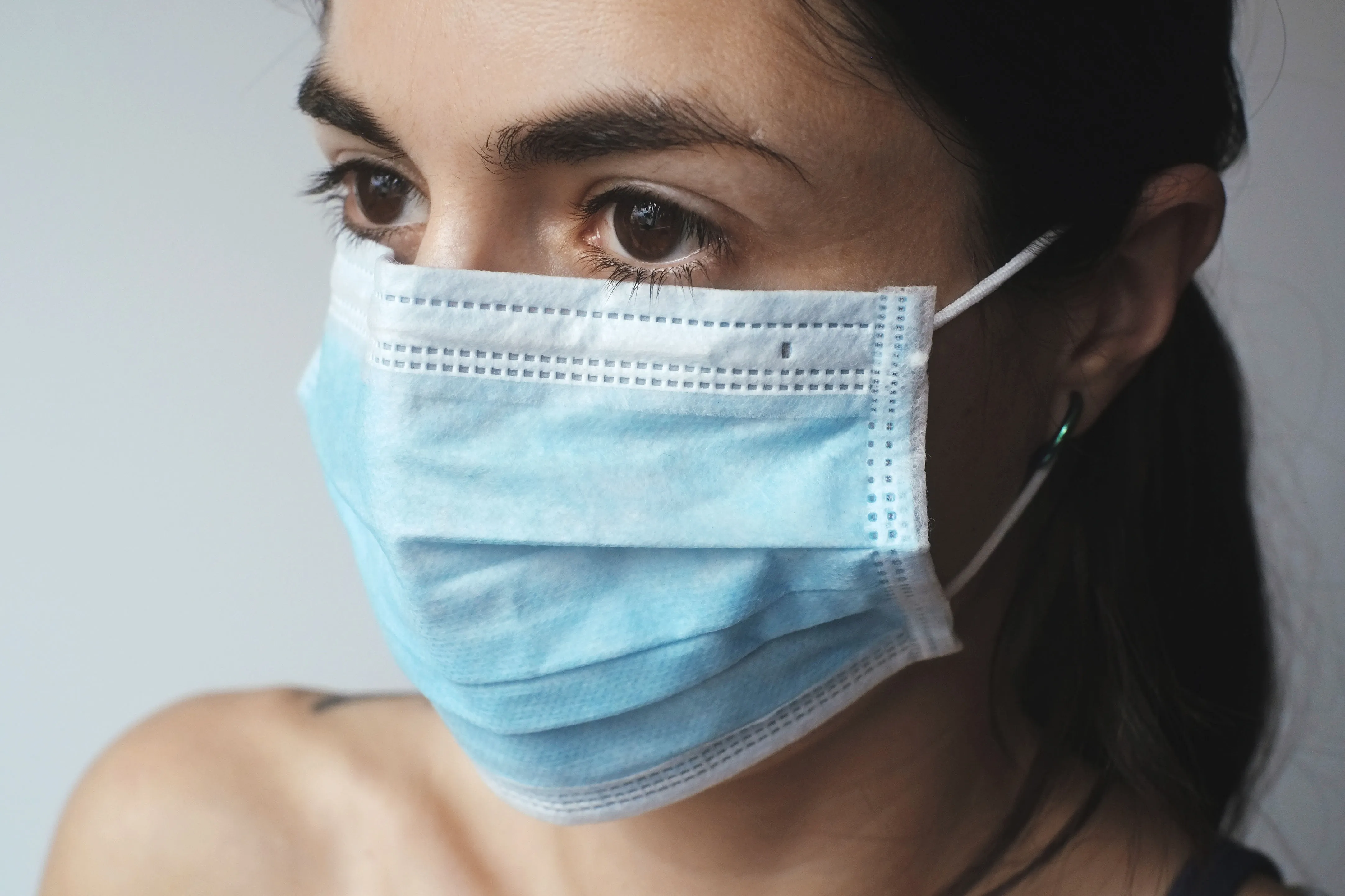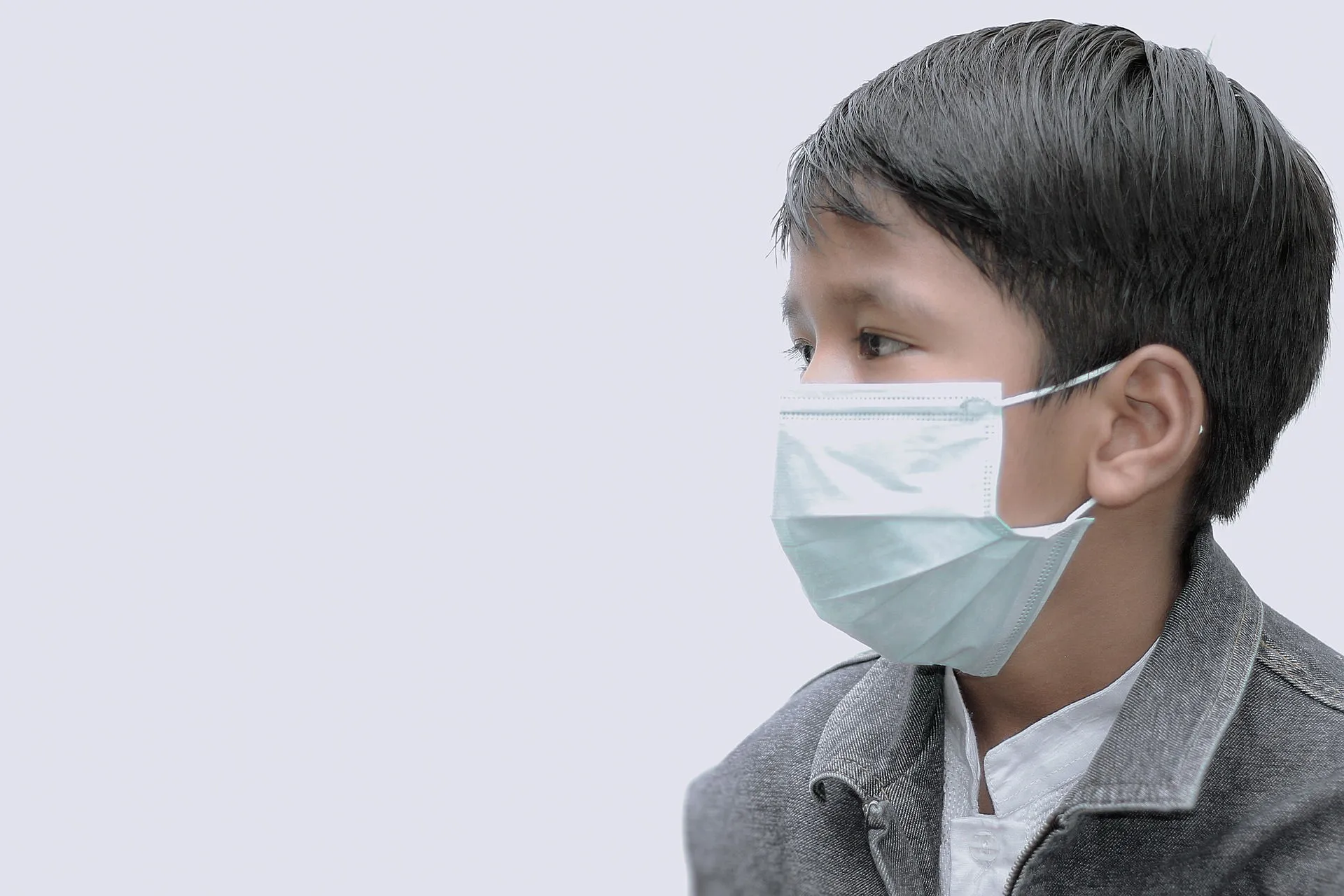The COVID-19 pandemic was a big event that started first with outbreaks of an unknown virus in China, in between October and November of 2019. The first occurrences were small minor cases, but the Chinese government was quick to act, and quarantine was issued for Wuhan city. News travelled fast and the world was a bit stunned and worried of a possible pandemic. Questions arose such as:” Where did it came from?”, “Was it man-made?”, “Was it through animals?”. The world was very much concerned as to why now? Even now, in 2022, the origin is still unknown, whether zoonotic or “laboratory accident”.
Not too long after Wuhan, all over the world and throughout the year of 2020, cases of this new corona virus emerged. The majority of countries affected applied quarantine measures to contain infection, including the use of masks and hand sanitizer. Measures issued by the World Health Organization (WHO). The virus was named SARS-CoV-2 (Severe Acute Respiratory Syndrome Coronavirus 2) and the disease it caused COVID-19 (corona virus disease 2019). In the year of 2020, fear of the new virus and chaos were predominant. At the same time throughout the year the never-ending preventive measures which included isolation started to have a toll on people, specially mentally. In this same year, the vaccine started to be developed with intentions to be administrated to people all over the world in 2021.
The year 2021 was marked by the start of the global vaccination, the end of some restrictions and the restart of the lives of many people. Not everything was going well this year… Since the beginning of the pandemic until now over 6,6 million people have died and there have been over 630 million confirmed cases worldwide, making the COVID pandemic rank high regarding the high number of cases registered. Regarding deaths, this pandemic was not that impactful specially when compared to the Spanish Flu (1918) that infected near 500 million people while 50 million died of severe illness.
A characteristic that prompted the corona virus to be this lethal and infectious was its high capability for mutation. When compared to most corona virus, SARS-CoV-2 packs a high mutation rate, but due to its proofreading capabilities it has lower mutations when compared to the Influenza virus. During the pandemic, various strains of SARS-CoV-2 surged all over the world, some with higher spreading capability but with less severity of disease, others deadlier but less efficient regarding transmission.

So what did we learn from the COVID-19 pandemic?
1. Young and healthy people are not invulnerable
As it was reported, older individuals (65+) and those with chronic illnesses are at most risk of dying from COVID-19. Young people are not safe as some of them can also develop COVID-19 infections. In some cases, young people are more likely to be infected than older people and even develop worse infections and severe disease, although less likely to die. Not all the consequences of being infected with COVID-19, regardless of age, are clear as of now.
2. People can be infected more than once
COVID-19 disease is one that has proven that reinfections usually occur due to loss of memory on the antibody producing cells. Vaccination here helps reduce chances of severe disease by reinforcing antibodies. Important to refer that being vaccinated does not prevent infection, only reduces disease severity.
3. Anyone can spread the virus!
In the beginning of the pandemic most children did not have COVID-19 symptoms. Despite not being sick, they still had the capability of transmitting the virus to others, hence why, above certain age, children also had to wear masks.
4. Preventive action and masks are useful tools
We learned that not everyone was using health protective measures such as masks, social distancing and washing hands frequently. Despite this, knowledge of respiratory viruses and infections was transferred to the population. Today more people ask the question “Should I go out if I am sick?”. This is positive for future infectious diseases prevention.
Masks are now considered an option to wear to either protect themselves or others from other diseases, such as the common flu that occurs every winter, and specially for more vulnerable people. Not everyone will wear it, but some will look at it as an opportunity to stay more protected.
5. Telehealth has become a common option
A new option emerged for doctor appointments: online consultations. This was important to make it possible to respond to the needs of the sick, while also protecting the doctors and nurses. It also brought a very convenient format for doctor-patient meets.
6. Vaccines are powerful tools
Vaccines have, again, been proved to be a good option for treating and preventing illness. They have side effects, but much less so than diseases. The risks associated for taking vaccines is less than of the illness. So, it is advisable to take the vaccine, not just only for COVID-19 but also other diseases. Important to take note that vaccines are not 100% effective. After almost a year of COVID-19, vaccines have proven very effective in mitigating severe illness.

7. We need to take mental health seriously
Mental health has always been an issue not only for teens but for people of all ages. The surge of COVID-19, the isolation, the pressure of work, studies, family, job loss and the loss of loved ones takes a tool on people. Symptoms of anxiety and depression have increased and long COVID symptoms can increase these too. International organizations such as the European Parliament and the WHO actively recognized the importance of focusing our attention to people’s mental health. The European Parliament Research Service emitted a document titled “Mental health and the pandemic” explaining with various studies, the effects of the pandemic on people’s mental health, within various age groups and regarding the symptoms exhibited and why.
8. We have the capacity for resilience and adaptability
Resilience was tested during the COVID-19 pandemic. Adjusting schedules, changing routines, less socialization. Alternatives had to be sought. Not giving up and endurance really demonstrated people’s resilience. Creating new habits/hobbies such as more exercise, eat healthier, meditation, talk regularly with friends and family can in fact help. Organization is key, you don’t need to do a lot, you need to do enough to keep you satisfied and full.
9. Community is essential - technology is too
Isolation left some of us alone, lonely, too much in our own thoughts. Sooner came the realization that we need other people at least to talk to and socialize. Technology was essential to further help those connections. Even just communicating with other people just for the sake of it can be helpful. Therefore, despite the isolation felt during the quarantine periods, the web provided another way of distraction and connection.

10. Sometimes you need a dose of humility
Doctors have gotten humbler. Not all diseases are easy to cure. This virus has shown fight when doctors weren’t expecting. The vaccine was quick to be developed but it isn’t flawless due to rapid mutation of the virus. Also, what initially was thought to be just “another cold”, turned out to have deadlier and unexpected symptoms such as strokes and clots, loss of smell and taste that could go on for months. A lesson was learned: Do not underestimate new threats, respect them, and acknowledge every possibility.
References:
https://www.gavi.org/vaccineswork/10-things-we-have-now-learned-about-covid-19
https://www.yalemedicine.org/news/8-lessons-covid-19-pandemic


